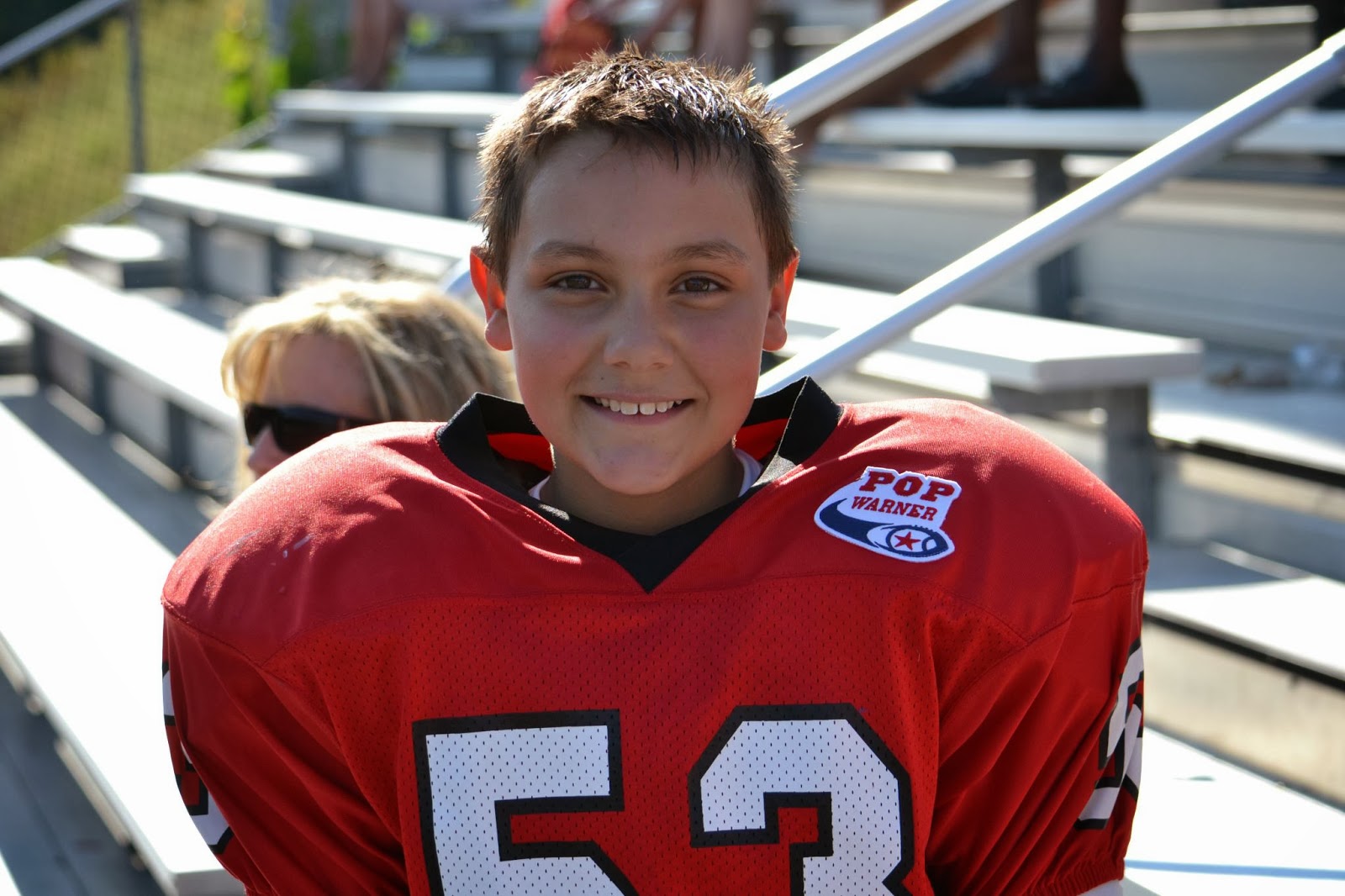 |
| This is the face of a child with Type 1 Diabetes |
Each time I hear of a new Type 1 diagnosis my heart breaks, my stomach sinks and I find myself holding back tears. A few days after hearing my friend's story of her nephew's diagnosis, I shared with her this open letter to the parents of a child newly diagnosed with Type 1. I wrote this letter some years ago in response to the news of a new diagnosis. I'm publishing it here in the event it can bring a calm and peace -- even if for a fleeting moment -- to the mom or dad who has just been told their child has a disease for which there is no cure.
I am so sorry your child was recently diagnosed with Type 1 Diabetes. You don't know me but I know how your world has been turned upside down by this diagnosis. As a mom who experienced the same diagnosis, I can reassure you that your child will be okay. In fact, he is going to be a stronger more mature and empathetic child because of the experience he has living with Type 1.
Though you may not think so today, you too are going to be okay. Your grief over the loss of your 'healthy' child will subside; your feelings of fear and anxiety will be replaced with confidence; and your guilt will be reconciled.
In fact one day you will discover a gem that is only revealed because of this experience that today fills you with raw emotion. It will likely take months, maybe even years but it will happen and when it does you will accept why your child was allowed, by a loving God, to live with Type 1.
Stay strong.
.jpg)


.JPG)
.JPG)
.JPG)
.JPG)


.JPG)
.JPG)